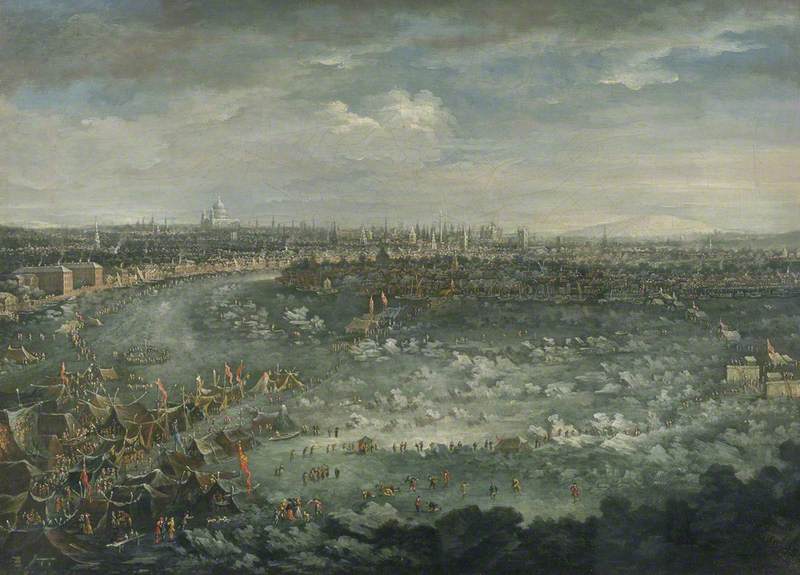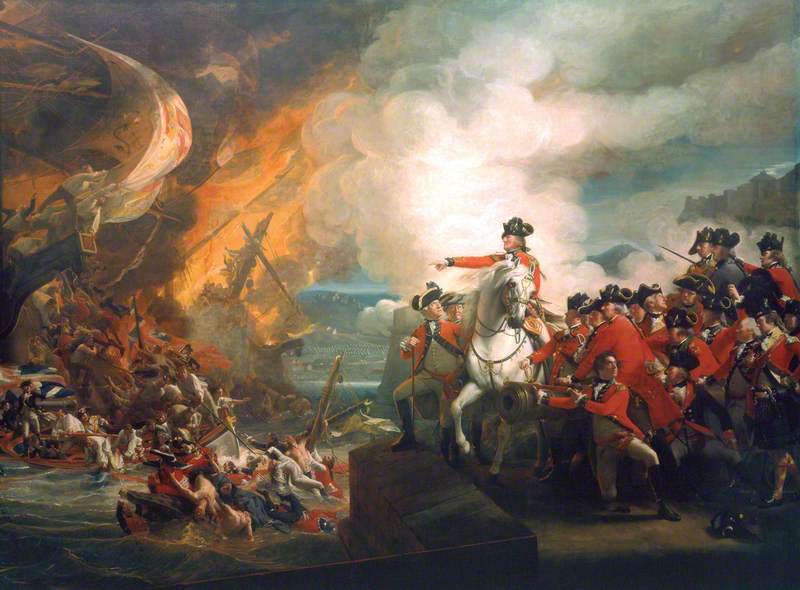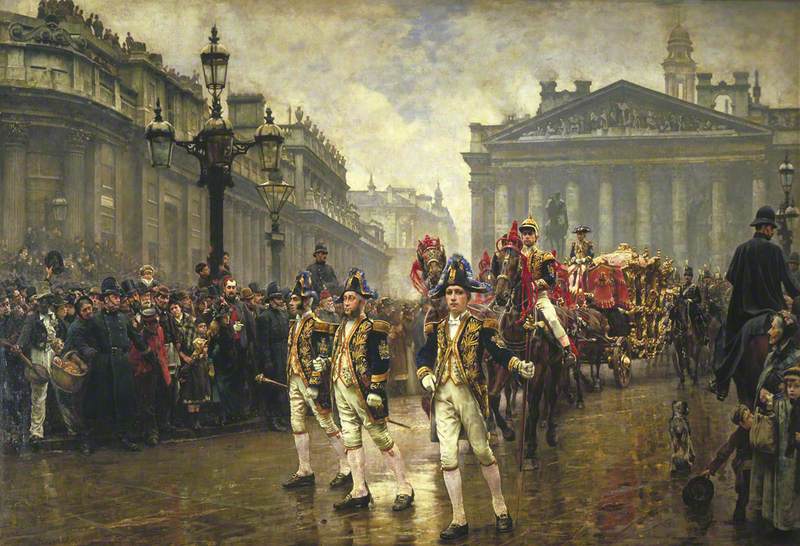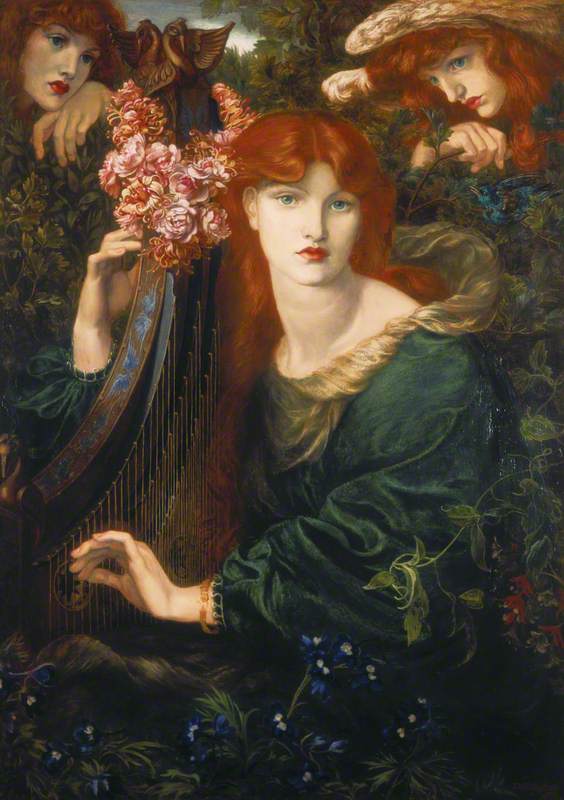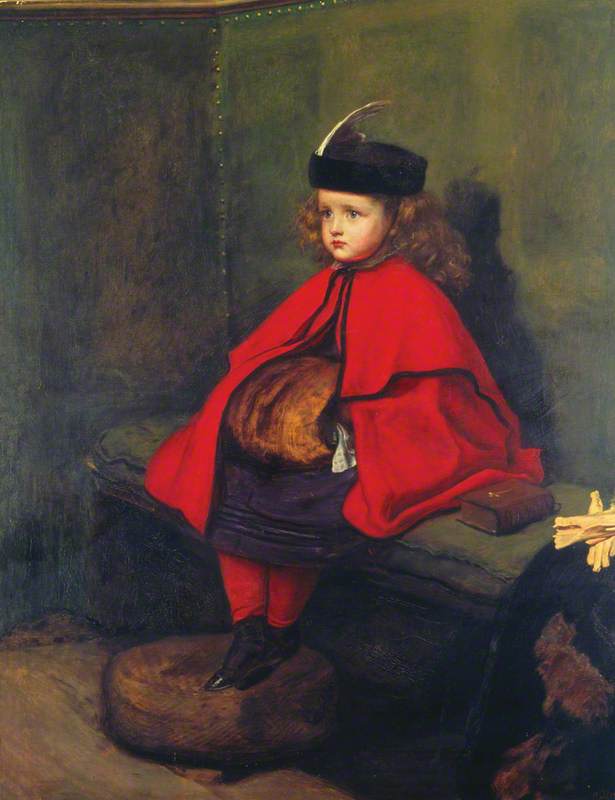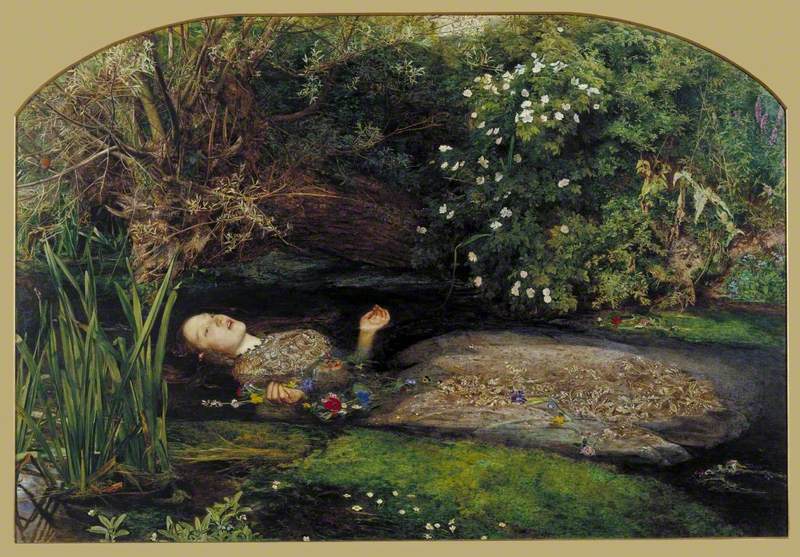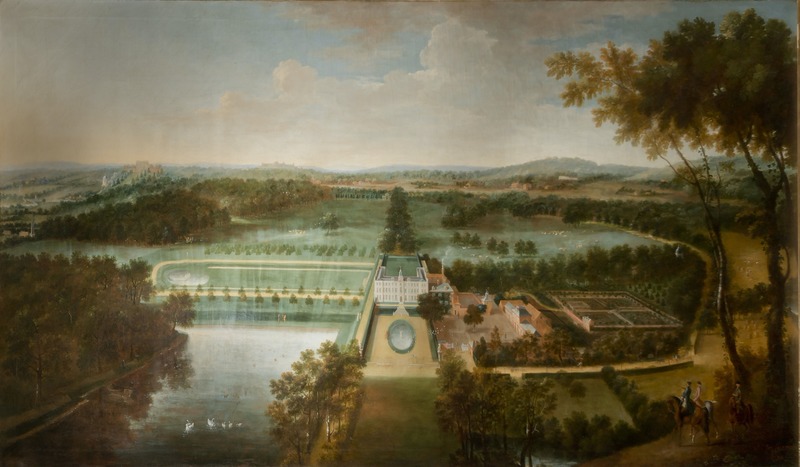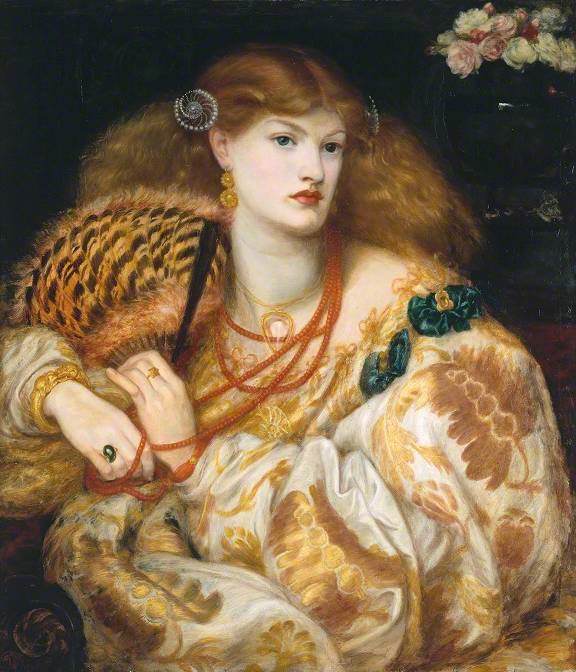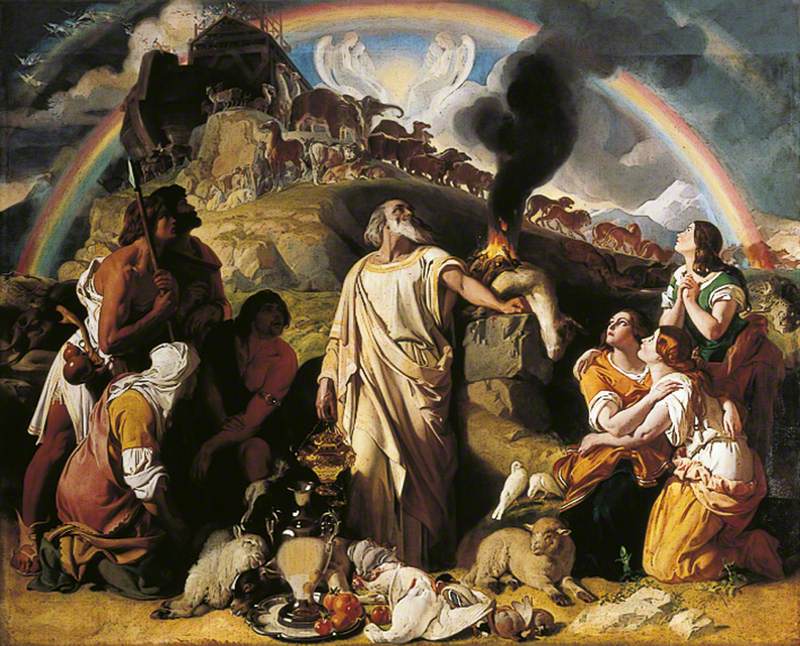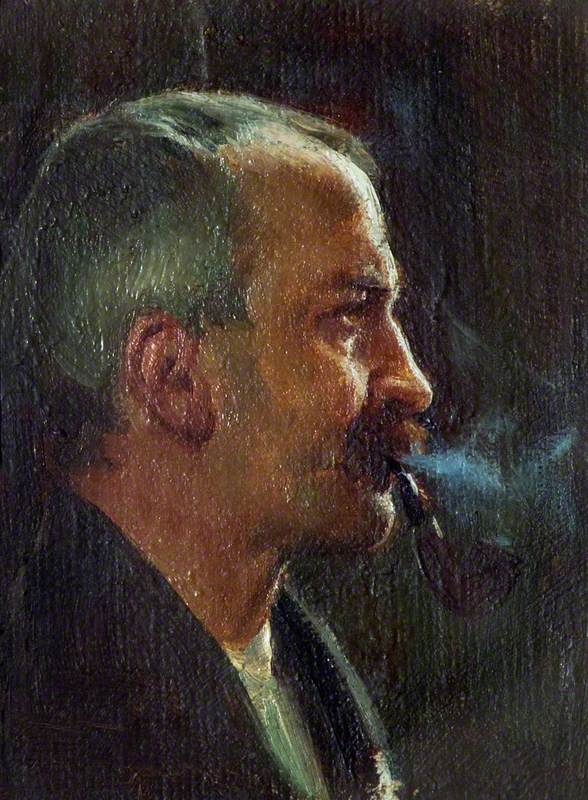Guildhall Art Gallery is home to the City of London Corporation’s works of art. The wide-ranging collection of 4,500 works, including over 1,300 oil paintings, dates from 1670 to the present day. Particularly strong in Victorian material, with a number of Pre-Raphaelite and Victorian narrative gems, the collection also houses important ceremonial and topographical paintings of London through the centuries.
Art Unlocked is an online talk series by Art UK in collaboration with Bloomberg Philanthropies. This Curation is based on a talk by Katty Pearce, Curator at Guildhall Art Gallery, on 13th July 2022. You can find a recording at https://youtu.be/VXTMlZtu55g
-
The Thames during the Great Frost of 1739 1739
Until the demolition of old London Bridge in 1832 allowed the Thames to flow more freely, in severe winters it sometimes froze over and Frost Fairs would be held on the ice if it was thick enough. On 31 January 1740 the Gentleman’s Magazine recorded that ‘The Thames floated with rocks and shoals of Ice; rising everywhere in hillocks and huge Rocks of Ice and Snow; of which Scene several Painters took Sketches. Booths, Stalls and Printing-Presses were erected, and a Frost-Fair held on it’. Unfortunately the ice was not completely safe. The Gentleman’s Magazine account also notes that ‘Multitudes walk’d over it, and some were lost by their Rashness’.
Jan Griffier II (1688–1773)
Oil on canvas
H 47 x W 65 cm
City of London Corporation
-
Defeat of the Floating Batteries at Gibraltar, September 1782 (The Siege of Gibraltar) 1783–1791
In September 1782 Spain tried to conclude the long siege of Gibraltar with an attack from the sea, using ten specially-designed ‘battering ships’ – the so-called ‘Floating Batteries’. A heavy artillery exchange began as they tried to knock out the British gun emplacements. However, once the British had heated up their shot to red-hot temperatures, the tide of the battle turned in their favour. Early next morning the Spanish Admiral’s ship burst into flames. A British officer, Roger Curtis, set out with gunboats to pick up survivors, but two more ships exploded as fire reached their magazines. Despite the danger, Curtis and his men managed to rescue almost 350 people in all.
John Singleton Copley (1738–1815)
Oil on canvas
H 544 x W 754 cm
City of London Corporation
-
The Ninth of November, 1888 1890
The procession is that of Sir James Whitehead, Lord Mayor 1888-1889, and this picture shows it leaving the Mansion House (not seen but located to the right of the scene). The Royal Exchange can be seen behind the Lord Mayor’s state coach and his footmen, with the Bank of England on the left.
Logsdail began by painting the policemen in position early in the morning when the City was still silent. Later he positioned himself in the middle of the traffic to draw the background architecture. He painted the Lord Mayor’s coach with the horses harnessed up at their stables in Fore Street, and the coachmen and footmen posed in their liveries at his Primrose Hill studio.
William Logsdail (1859–1944)
Oil on canvas
H 187 x W 272 cm
City of London Corporation
-
La ghirlandata 1873
La ghirlandata was translated by the artist’s brother, writer and critic William Michael Rossetti in 1884 as ‘The Lady of the Wreath’. The work was painted at Klemscott Manor in 1873, a house Rossetti shared with fellow artist and designer, William Morris. The main figure was modelled by Alexa Wilding, an aspiring actress, while May Morris posed for the angel heads.
Rossetti invites multi-sensory appeal in this work by including allusions to sound through the harp and songbird, and to scent via the flowers. Musical instruments in Rossetti’s later work are often seen as a metaphor for sexuality. The sensuous image evades narrative, instead using symbols, rich colours and textural detail to create an overall effect of beauty.
Dante Gabriel Rossetti (1828–1882)
Oil on canvas
H 124 x W 85 cm
City of London Corporation
-
My First Sermon 1863
The little girl is the artist's five-year-old daughter Effie and this was the first time that he used any of his children as models. She is sitting in one of the old high-backed pews in All Saints Church, Kingston-on-Thames, which Millais hurried to paint in December 1862 shortly before they were removed. This painting was extremely popular when it was first exhibited at the Royal Academy, causing queues around the block. It was praised as a charming depiction of childhood innocence and piety. The image was frequently replicated, and even became the model for depictions of Lewis Carroll’s Alice in Wonderland.
John Everett Millais (1829–1896)
Oil on canvas
H 92 x W 77 cm
City of London Corporation
-
The Banquet Scene in Shakespeare's 'Macbeth' 1840
This picture reflects the Victorian taste for theatre and drama in painting, and treats the viewer as though they are in the front row at a play. It is the most celebrated of all representations of Act III, Scene 4 in Shakespeare’s Macbeth, when the murdered Banquo appears at a banquet. His legs giving way beneath him with terror, grey-faced Macbeth tries to avert his eyes from the shadow in the right foreground. The assembled guests' reactions are brilliantly painted, as Lady Macbeth - the principal figure in the composition - firmly grips her husband and takes control of the situation. You may easily miss it at first, but the ghost is looming, dark and terrible, in the foreground.
Daniel Maclise (1806–1870)
Oil on canvas
H 183 x W 305 cm
City of London Corporation
